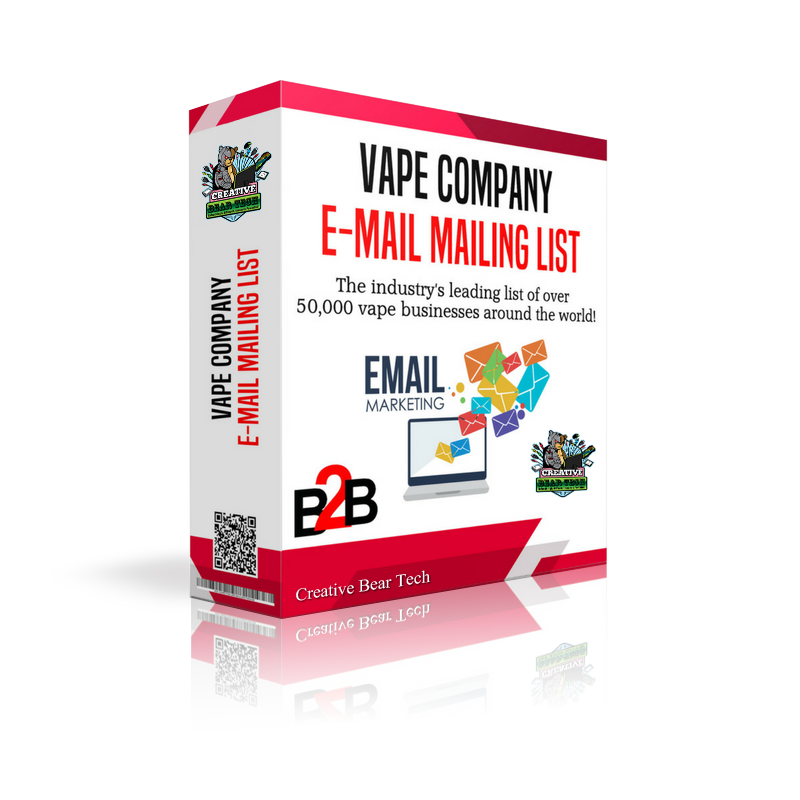The best marketing strategy is a company lead generation strategy? After you segment your users and identify what they most likely want to see from you, you can create personalized, targeted marketing messages for those users. This goes beyond simply adding the subscriber’s name to your subject line, though that’s a pretty easy place to start. Plus, emails with a first name in the subject line can increase open rates by 26%! To do this, start by defining your most valuable audience. Are they customers who’ve made more than two purchases from you in the past year? Or maybe they’re customers who’ve either made more than two purchases or who have spent more than $100 with you in the past year. No matter who they are, create a segment just for those most valuable people. Repeat for all segments you want to target. Once you have your segments created, think about what kind of content those people might want to get from you (and what you want them to do). For your most loyal customers, they’d probably like to get exclusive promotional offers or get to know about your new products and services before anyone else. A past customer who hasn’t purchased from you in six months might need a little discount to bring them back in.
Why Your Email Open Rate Matters? If your email subscribers aren’t opening your emails that means they’re not getting your marketing messages, they’re not taking action based on your emails, and, ultimately, not becoming customers. All of those stunning email marketing templates and the countless hours you’ve spent writing brilliant email copy are wasted. Your email open-rate helps you understand the percentage of emails that are opened by existing and new subscribers or customers and lets you know how many people are actually seeing the content of your emails. The open rate can give you excellent signals about how your subject lines are performing, how the time you send your emails can make a difference for your specific audience, and if your email marketing is having its desired effect.
Pay-per-click is a model of advertising where marketers pay a fee every time people click on their ad. Basically, it’s the process of buying visits to your site, as opposed to getting them organically via SEO or other types of digital marketing. PPC is one of the types of paid search. It’s similar to SEM (search engine marketing) but can also include display advertising (cost-per-click based), and affiliate advertising. Affiliate marketing is one of the popular ways people make money online these days. If your affiliate program is successful, you might earn quite a decent passive income. Basically, affiliate marketing is a type of digital marketing where a person partners up with other businesses in order to receive a commission for the traffic s/he generates for this business. Imagine this: you put a link to an external website on your own blog or website. Every time a user proceeds to this external website and makes a purchase, you receive a commission. See even more details on https://cbtemailextractor.com/blog/the-essential-guide-to-ecommerce-email/.
Typically, each SMTP account will have email sending restrictions and daily limits. Adding multiple SMTP accounts will help you to rotate between every SMTP account which will help you to increase your overall success and inbox rate. SMTP rotation will also reduce the risk of blacklists and complaints. CBT Mass Mailer Software will allow you to either import SMTP accounts via a file upload or you can enter them manually into an input box.

Local SEO has its own set of best practices. If not implemented in the right way, it will make things difficult and stops your site from performing well in search. For anyone wondering how local SEO differs from normal SEO, the former is all about building relevant signals around a specific location whereas the latter is the practice of getting higher SERP (search engine results pages) rankings for relevant keywords.
Some of the most recognizable brands in the world today are so well-known that they are synonymous with the industry in which they operate. Spotify is a great example. All of their emails are relevant and brilliantly curated. Now imagine your small business standing out as a clearly identifiable brand like Spotify. Email marketing is a great way to develop your brand identity because it gives you a direct line to the email inboxes of your customers or potential customers. Once you begin creating valuable content for the customer, you’ll have an edge over your competitors. You can even use your emails to get useful feedback. Are customers happy with the content you’re providing? Would they like to learn something different? Use a survey or start a discussion on social media. Once you get them involved in the process, you’ll know exactly how to provide valuable content in your emails. Discover more info at B2B Email Marketing Guide.
